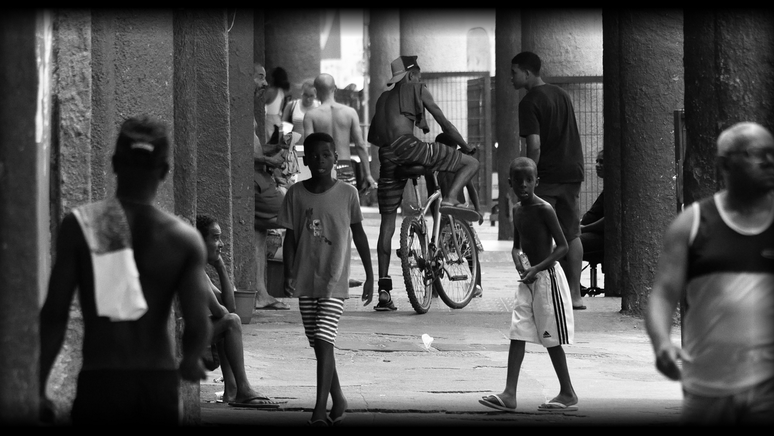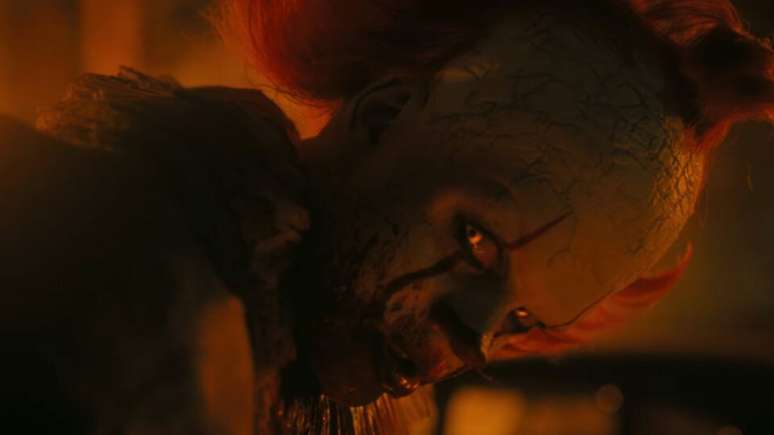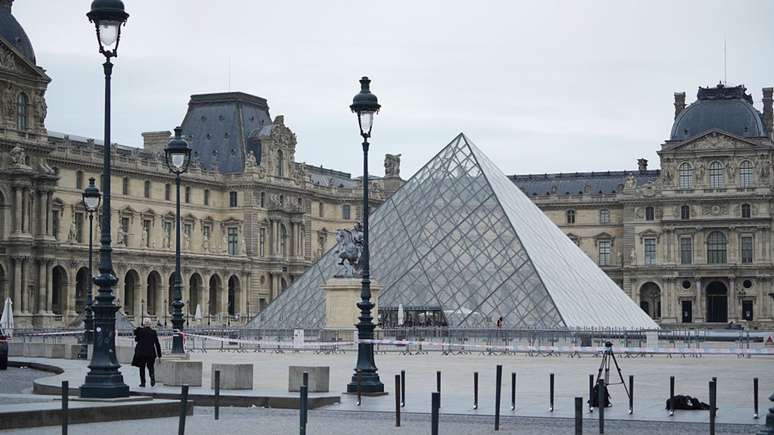Documentary Chronicle of a Broken City hits theaters May 11, bringing a brutal and necessary portrait of crime in Rio de Janeiro
Anyone who wants to watch a powerful, well-made and badly needed documentary can now check it out in theaters Chronicle of a destroyed city. The production, which lasts about an hour and a half, addresses one of Brazil’s major social problems: the escalation of violence in big cities, driven by the lack of urban planning.
Mixing black and white images of the main favelas of Rio de Janeiro, with testimonies of residents, former drug dealers and even politicians, the work tells how the Cidade Maravilhosa has become a space marked by natural beauty and also by the constant violence resulting from crime. .
Who tells this story are Jonathan and Dudu, two former drug dealers who, after (many) periods in prisons in Rio, decide to leave the world of crime and try new paths. In addition to them, the plot is completed by Paulo César Pereira, the president of the Cruzada residents’ association; Rômulo, an elite police officer; two community activists (Dona Vera and Valéria), journalist André Trigueiro; and Bruno, who owns a local barbershop.
Through them, we are introduced to the reality of most of the cariocas, especially those who live in the so-called Cruzada, a housing complex created in the 1950s by the Catholic Church with the aim of providing housing for people in situations of social vulnerability.
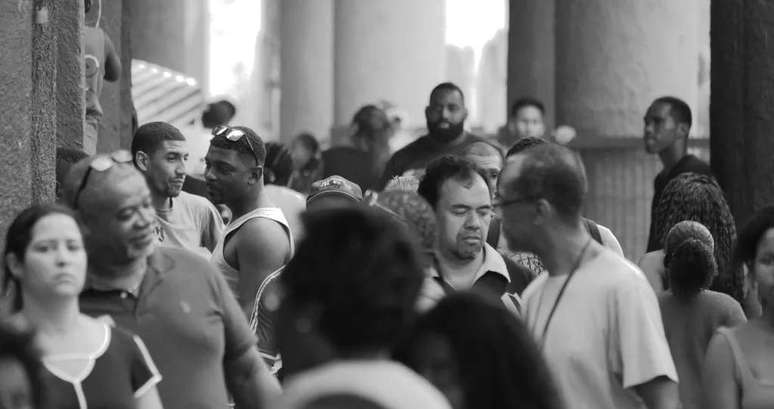
Managed with a firm hand by Sister Eni, the place was for many years an example of a community house, but after her death it began to deteriorate, becoming a trafficking point. The decline started 30 years after its construction, in the 1980s, when the apartments were transferred to the ownership of the residents.
From then on, what was once a quiet place became one of the cradles of crime, hosting drug dealers, robbers and murderers and being sometimes commanded by the ADA (Amigo dos Amigos), sometimes by the CV (Comando Vermelho), two of the major carioca criminal factions.
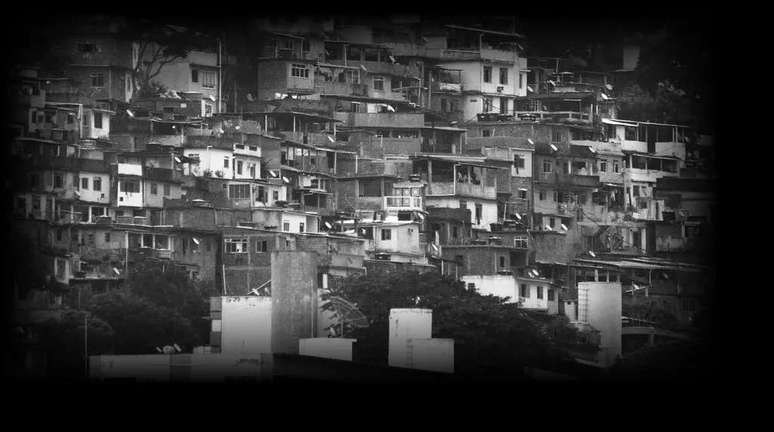
Everyone’s responsibility
An interesting point made by director Ricardo Nauenberg is that he does not relieve the population of responsibility for what happens in the city. This is because, in addition to the imminent trafficking, the residents of Cruzada have also totally neglected the opportunities they had, favoring the establishment of crime on the whole. To point to a single villain is to simplify the story of Rio de Janeiro and reduce the problems to a simple social issue when in reality it is more than that.
Another shot from Chronicle of a destroyed city it was not to back down and show how the police (military, civilian and riot police) are corrupt and not only turn a blind eye to crimes, but aid them, by selling guns to criminals and allowing drugs to cross borders.
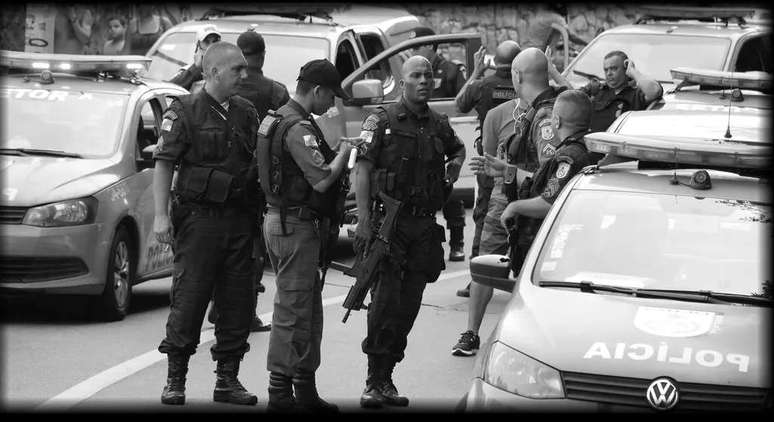
Jonathan says such corruption also occurs within the military, where he has managed to obtain weapons to sell to drug dealers in his region.
The fourth estate: the militiamen
If in Rio de Janeiro there are three main powers (the ADA, the CV and the Third Command), there is still one that has become increasingly imposing: the militia. Characterized as a parallel power made up of armed civilians and police (or former police), the militia use force and fear to extort the populace, usually in spaces where the state presence is non-existent.

And it is clear that it has gained more and more prominence both in the hills and on the asphalt. It’s worth mentioning Chronicle of a destroyed city he had the testimonies recorded in 2017, a year before the election to the presidency of Jair Bolsonaro, a ruler named by many as one of the main politicians who favored the militias in Rio de Janeiro.
Crime and society: what about the population?
Another success of the documentary is to show more realistically how Rio society – both rich and poor – live in the midst of this growing (and old) wave of violence. At one point, Jonathan says that just as the city has changed over the years, so has the way criminals treat citizens.
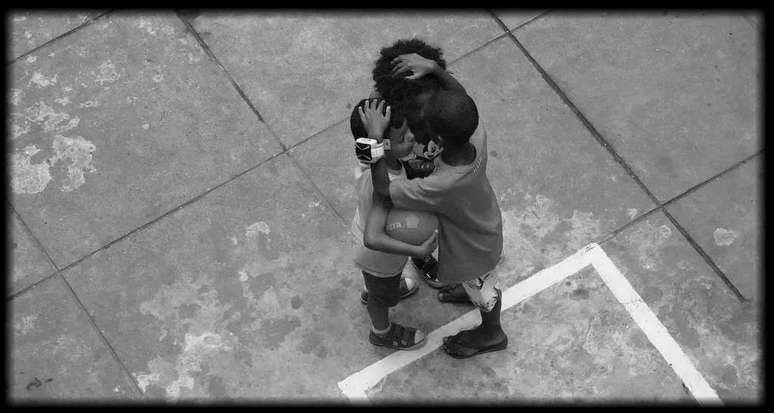
He reveals that when the crime came to Cruzada, the owner of the mouth did not allow the children to be close to drug trafficking and violence, in a way protecting them from that reality. Today, as they realize that children are easy “mules” to get into prison, they end up using them as a means of getting something into prison. This shows that crime has evolved into greater cruelty and disrespect.
The documentary manages not to fall into demagoguery
It is not uncommon to see documentaries which, while addressing important issues such as this, end up falling into demagoguery or an exaggerated dramatization of the case. Fortunately this does not happen with Chronicle of a destroyed citywhich in the end also offers possible solutions, but does not try to be the savior of the fatherland or try to solve all the world’s problems.
Hence, it’s easy to conclude that the film is cohesive, well-written, and helps bring out important and little-known stories, like the Crusade itself. Who wants to give a chance Chronicle of a destroyed citynow you can watch it in theaters.
Trending on Canaltech:
- Netflix releases during the week (05/12/2023)
- Super Mario Bros | The film gets its release date on digital platforms
- The object shines brighter than physics allows and amazes astronomers
- Learn about the Amazonian terra preta that can help restore the biome
- The discord changes the way names work and the community doesn’t like it
- Federal Revenue Auction has half price iPhone 14 Pro and more
Source: Terra
Rose James is a Gossipify movie and series reviewer known for her in-depth analysis and unique perspective on the latest releases. With a background in film studies, she provides engaging and informative reviews, and keeps readers up to date with industry trends and emerging talents.

